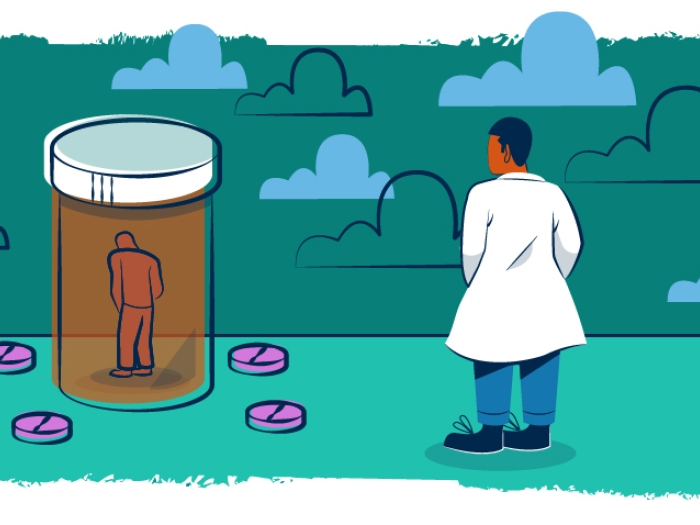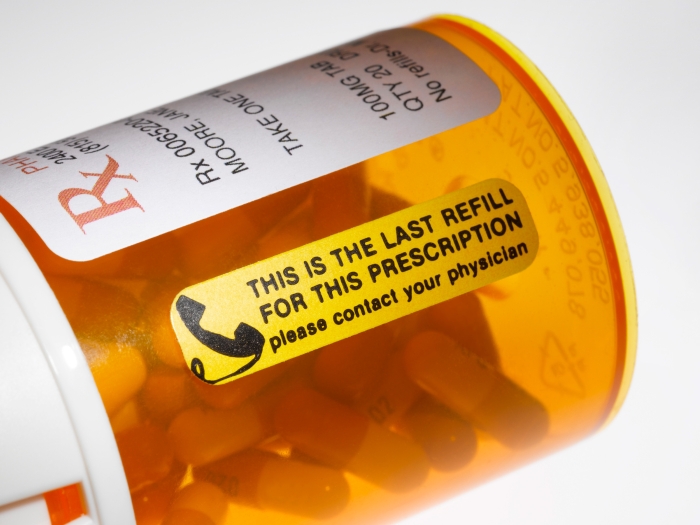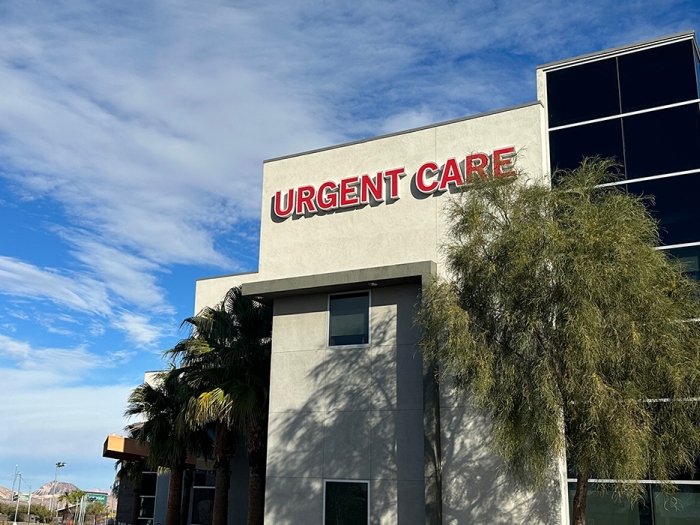Medical debt in collections and bankruptcy much higher in working-age adults after hospitalization for traumatic injury, suggesting need for strategies to reduce financial burden.
12:45 PM
Author |

Long after the bleeding has stopped, the wounds have healed and the pain has eased, people who survive serious traumatic injuries face a lasting scar on their financial health, a study finds.
The percentage of working-age people with medical debts so overdue that a collection agency has gotten involved, and the size of those debts, were both much higher in those who had suffered an injury serious enough to require a hospital stay in the last two years, compared with others like them.
Bankruptcy filings were twice as high in the post-injury group, too, according to data published in JAMA Health Forum by a University of Michigan team.
To make the comparison as apples-to-apples as possible, the study used health care use and financial data from two groups of adults between 18 and 65 who have the same kind of commercial insurance but suffered major injuries in different years.
Those whose major injuries happened in the year and a half before the study's financial "snapshot" were 23% more likely to have medical debt in collections and had 70% larger amounts of medical debt in collections, compared with those whose injuries happened after the financial check.
And while only a small percentage of either group had gone so far as to file for bankruptcy, it was twice as common among those who had been hospitalized for a traumatic injury in the past year and a half.
The findings suggest a need to restructure health insurance plans to reduce or cap cost-sharing for highly necessary trauma care, says John Scott, M.D., M.P.H., the first author of the paper. Scott, an assistant professor of surgery, cares for critically injured patients at Michigan Medicine, U-M's academic medical center.
"Much of our medical research to date has focused on improving outcomes while patients are in the hospital, but our understanding of the way patients' lives are affected as they recover has always been limited," he said. "Our findings show that the negative impact of traumatic injuries on patients' lives does not end when they leave the hospital. Instead, they have bills that they cannot pay, and there is emerging evidence this debt may further impact their ability to achieve an optimal recovery."
Scott worked with Nora Becker, M.D., Ph.D., an assistant professor of internal medicine, and others from the Michigan Health Economics and Affordability Lab (M-HEAL) to link the insurance records from nearly 5,400 people to their credit reports from January 2021, in a way that protected their identities.
They chose people who had been hospitalized in 2019 and early 2020 (a group whose credit data was obtained "post-injury"), and a comparison group who were similar in many ways except that their injury hospitalization happened in 2021 (a group whose credit data were obtained "pre-injury").
On average, both groups spent an average of five days in the hospital for their injury, including at least one night in intensive care for just over a third of both groups.
Depending on how their health insurance plans are structured, these patients may have faced co-pays and deductibles of hundreds or thousands of dollars that they would have to pay out of pocket for inpatient care and follow-up appointments, Scott notes.
While insurers and employers have mainly used deductibles and co-pays as a way to drive down unnecessary use of health care, the researchers note that post-injury care is largely not discretionary – it's needed for survival and better long-term outcomes.
"No one is overconsuming trauma care just because their deductible is low," said Scott. "Eliminating or capping deductibles for traumatic injuries – just like the recent policies capping the cost of insulin for Medicare patients – could go a long way to ensure that all patients can achieve an optimal recovery after injury. If we fail to acknowledge the reality of the economic challenges our patients really face, then we risk curing patients into destitution."
In addition to Scott and Becker, who also published findings on the financial toll of living with multiple chronic conditions, the study's authors include Kirstin W. Scott, M.D., M.Phil., Ph.D.; Michelle Moniz, M.D., M.Sc.; Erin F. Carlton, M.D., M.Sc.; Renuka Tipirneni, M.D., M.Sc. Most of the authors are members of the U-M Institute for Healthcare Policy and Innovation and M-HEAL.
The study was funded by the Agency for Healthcare Research and Quality (HS028672, HS025465, HS028817).
Paper cited: "Financial Outcomes After Traumatic Injury Among Working-Age US Adults With Commercial Insurance," JAMA Health Forum. DOI: 10.1001/jamahealthforum.2022.4105

Explore a variety of healthcare news & stories by visiting the Health Lab home page for more articles.

Department of Communication at Michigan Medicine
Want top health & research news weekly? Sign up for Health Lab’s newsletters today!





